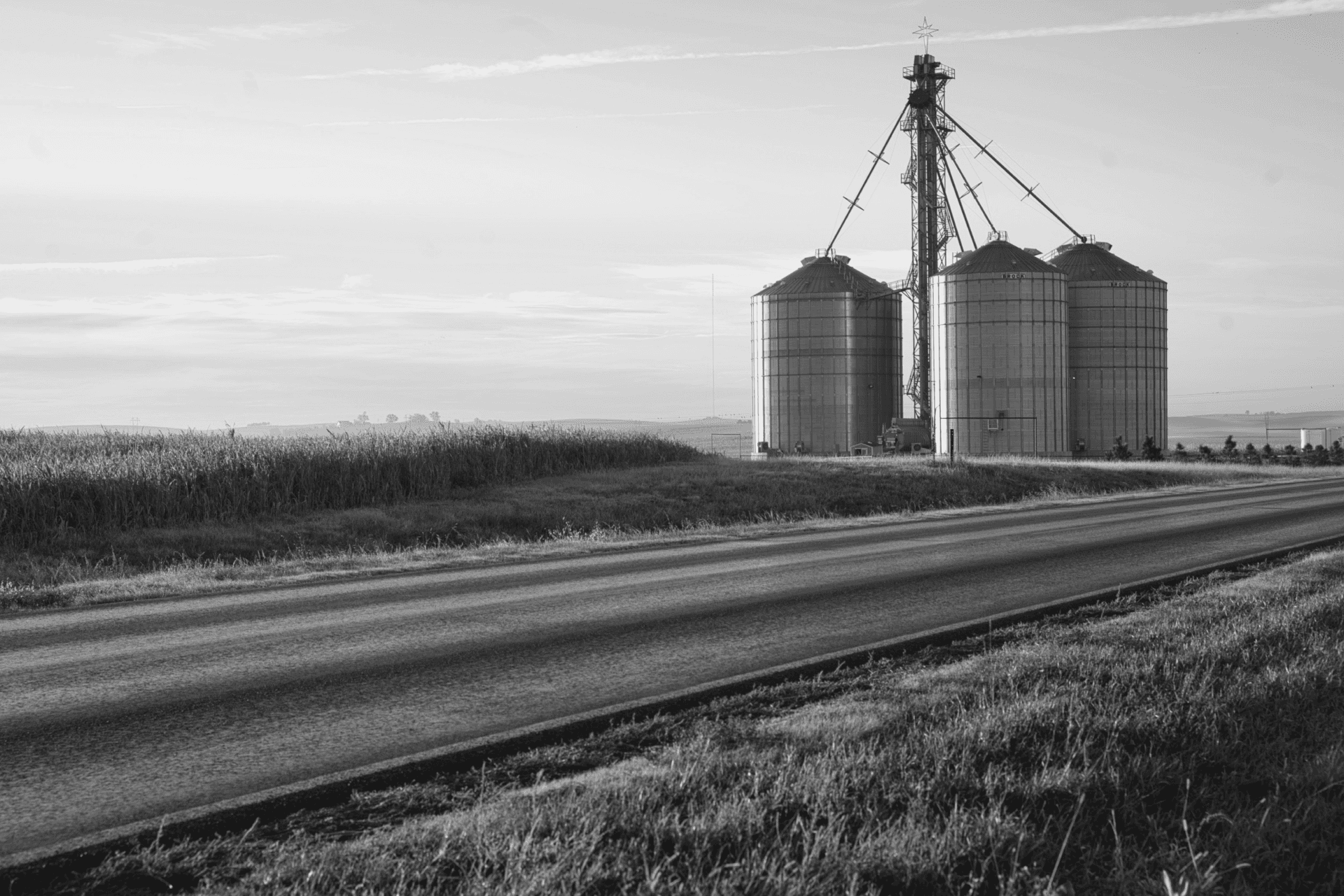Posted on October 28, 2024
Share:

Deficiencies in logistics and storage continue to pose major obstacles to the development of Brazilian agribusiness.
https-medium-com-rivool-finance-deficiencies-in-logistics-and-storage-continue-to-pose-major-obstacles-to-the-development-of-60cc17051fa3
Grain Storage: A Major Opportunity for Private Credit
Deficiencies in logistics and storage continue to pose major obstacles to the development of Brazilian agribusiness. This is particularly evident when comparing the growth of grain storage capacity to production increases from 2010 to 2023. During this period, storage capacity dropped from 91% to approximately 60%, far below the Food and Agriculture Organization (FAO) recommended level of 1.2 times the annual grain production.
International Comparison: A Challenge for Brazil
Unlike the United States, where around 54% of farms have their own storage facilities, only 15% of Brazilian properties are equipped with such infrastructure, according to data from Brazil’s National Supply Company (CONAB). This issue is especially pronounced in the Midwest, the country’s main grain-producing region, where storage deficits are even more severe.
Economic Impact of the Storage Deficit
Due to insufficient storage facilities, Brazilian producers are often forced to sell a significant portion of their harvest immediately, incurring high transportation costs and accepting prices below the international market rate. In 2024, this situation worsened due to record harvests and declining soybean and corn export prices. CONAB’s initial estimate for the 2024/2025 season forecasts grain production at 322.47 million tons, an 8.3% increase over the previous cycle.

Investment Needs for the Sector
To meet growing demand, investments of R$10 billion annually over the next decade are needed to eliminate storage deficits by 2030, according to the Chamber of Grain Storage Equipment (CSEAG) at Abimaq. However, current investments fall short. The Program for Construction and Expansion of Warehouses (PCA), from Brazil’s Development Bank (BNDES), provided only R$4.12 billion in 2022, insufficient to meet sector needs.
Private Credit as an Alternative to Public Funding
Despite new initiatives like the recent R$1.5 billion credit line for storage construction from Banco do Brasil and the New Development Bank, significant challenges remain. Only around 70% of available public credit is utilized, mainly due to strict collateral requirements, red tape, and limited interest in the storage sector.

Profit and Return on Investment Opportunities
Tadeu Vino, Commercial and Marketing Superintendent at Kepler Weber, states that storage investments can boost producer profits by around 15%. With proper maintenance, storage facilities can last over 30 years. Studies by the Logistics and Infrastructure Chamber (CTLOG) suggest an Internal Rate of Return (IRR) of 6% annually for these investments, with a break-even occupancy rate of 62%.
Growth Potential for Private Credit
This situation presents a substantial opportunity for returns for producers and business owners investing in the sector, especially in bulk storage (silos). With private credit offering streamlined, result-oriented financing, producers can capitalize on Brazilian agribusiness growth, while investors benefit from secure and steady returns.
By Cristiano Oliveira, Head of Research of Rivool Finance.
Tags
Private credit







